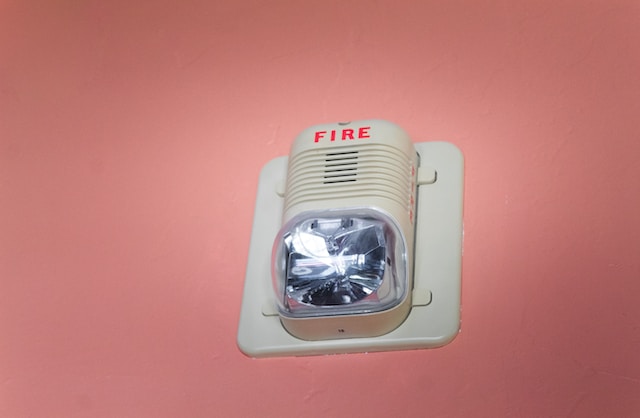Fire-rated downlights are lights that help slow the spread of fire. They help to minimize the risk of structural damage to your building. In case of a fire, the outer coating of the light will swell up and seal off the hole created while installing the light, preventing the fire from spreading through the hole and onto the other floors in your building. As a result, it can help protect your building’s structure. If you want to purchase a fire-rated downlight, you can visit Simple Lighting. They offer a huge variety of fire-rated downlights that you can choose from. Their lights add a sense of finesse and style to your home or commercial buildings.
Table of Contents
Difference Between Fire-Rated and Regular Downlights
The primary difference between a fire-rated downlight and a regular downlight is that in the event of a fire, a regular downlight will not offer any kind of protection against an open flame. A fire-rated downlight, on the other hand, will come with an enclosed back on them and an intumescent seal around the bezel’s edge. This seal will protect the light fitting against fire and stop its spread between floors in a building. In addition, a fire-rated downlight will reduce noise pollution between floors and will remain lit even during a fire. A regular downlight, on the other hand, is cost-effective, as it is cheaper than a fire-rated downlight, is available in different styles and types, and comes in various finishes and colors.
How to Identify if a Downlight is Fire-Rated?
The easiest way to identify whether a downlight is fire-rated or not is by reading through the description of the light. When purchasing the light, ensure the description mentions that it is fire-rated. In addition, if you have already installed the light, you can remove it and check for a label on the sticker that indicates whether the light is fire-rated. If you cannot find a sticker or label, then you can check the downlight’s design by removing the light. Check the back of the light fitting to see if it is fire-rated. If the light fitting is open, then chances are your light is not fire-rated. However, if the fitting is closed, then it indicates that your light is fire-rated. In addition, the light, if fire-rated, will have a metal housing and you will be able to see behind the bulb.
Can Fire Rated Downlights be Covered with Thermal Insulation?
You must always check the manufacturer’s instructions that are given to you when you purchase the downlight. These instructions will tell you if you can cover your downlight with insulation or not. Some lights cannot be covered with thermal insulation, as they can overheat and catch fire, even if they have LED lamps inside. However, if you already have installed insulation, then you can fit an insulation displacement box over the top to protect the light. Some manufacturers may sell fire-rated downlights that can directly be installed into thermal insulation. You must check the packaging of the light before purchasing them.
Are There Any Alternatives to Fire-Rated Downlights?
Many times, you may wonder if fire-rated downlights are really necessary, considering their cost and limitations with color and styles. However, most buildings have regulations regarding fire risks that a regular downlight may create. You must think about these regulations before opting to install a non-fire-regulated downlight for your home. Fire-rated downlights already have fire safety measures incorporated in their design, making them an ideal choice for your home. If you do opt for a regular downlight to save money, then you will have to fix a fire-rated hood over the light, costing you much more than a fire-rated downlight. It is always recommended to use a fire-rated downlight because it can add an extra layer of protection during fires by slowing down the spread of the fire.
Can We Fit Fire-Rated Downlights Ourselves?
The simple answer to this question is no. Fire-rated downlights must be fixed by a registered electrician as the fitting is regulated by Part B of the Building Regulations. Once the installation is completed, the electrician will give you a minor works Part P certificate to prove that the work is safe.
Fire-rated downlights can help save you and your home during a fire outbreak. So, if you are planning to change the lights in your home, then get new fire-rated downlights that can prevent the spread of a fire and protect your home’s structure.

